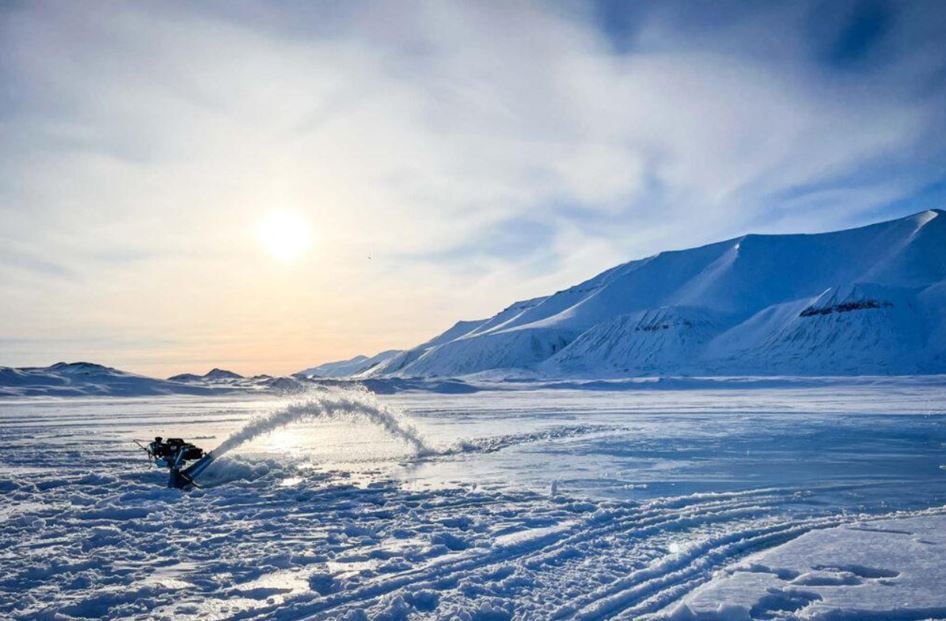13.09.2024
The 'Insane' Plan To Save The Arctic's Sea-Ice
A team of scientists is heading to the Arctic to test whether pumping seawater on top of the ice, making it thicker and longer-lasting, can combat annual ice loss. As sea-ice vanishes, the dark ocean surface can absorb more of the Sun's energy, which accelerates warming. So the researchers want to thicken it to stop it melting away. The ultimate goal of the Arctic experiment is to thicken enough sea-ice to slow or even reverse the melting already seen, says Dr Shaun Fitzgerald, whose team at the University of Cambridge's Centre for Climate Repair is behind the project. They are drilling a hole in the sea-ice that naturally forms in winter, and pumping around 1,000 litres of seawater per minute across the surface. Exposed to the cold winter air, this seawater quickly freezes, helping to thicken the ice on top. The water also compacts the snow. As fresh snow acts as a good insulating layer, now ice can also form more easily on the underside in contact with the ocean. The Arctic is essential to sustaining our planetary systems: pumping sea water onto sea-ice on a large scale could change ocean chemistry and threatens the fragile web of life. One hypothesis suggests that installing pumps across 10% of the Arctic could reverse present trends of ice loss – but it would require 10 million pumps powered by wind turbines or hydrogen fuel cells. Credit: BRIGHT VIBES
Poverty deprives people of adequate education, health care and of life's most basic necessities- safe living conditions (including clean air and clean drinking water) and an adequate food supply. The developed (industrialized) countries today account for roughly 20 percent of the world's population but control about 80 percent of the world's wealth.
Poverty and pollution seem to operate in a vicious cycle that, so far, has been hard to break. Even in the developed nations, the gap between the rich and the poor is evident in their respective social and environmental conditions.
Poverty and pollution seem to operate in a vicious cycle that, so far, has been hard to break. Even in the developed nations, the gap between the rich and the poor is evident in their respective social and environmental conditions.











